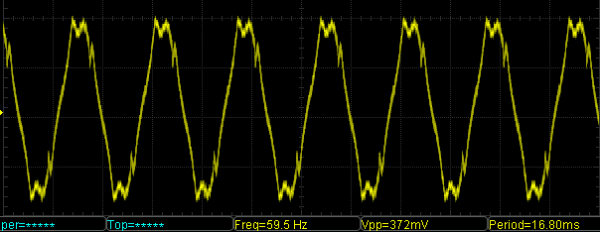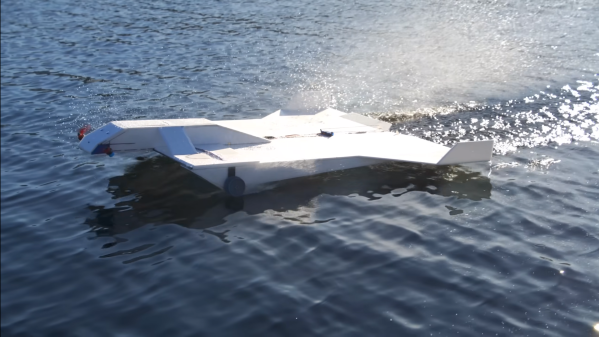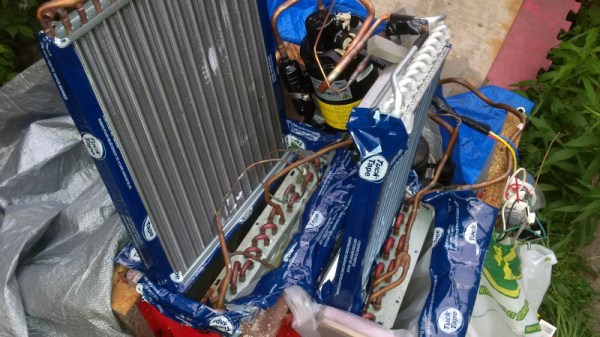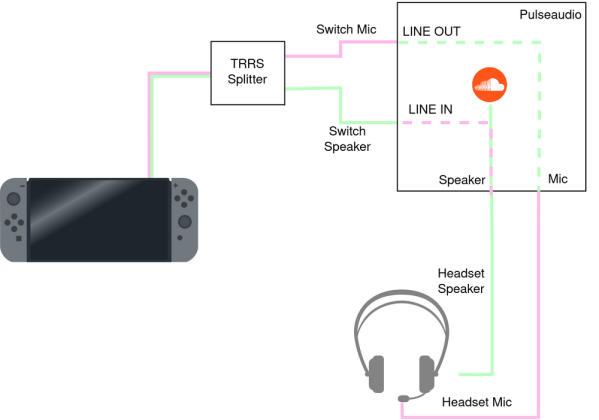These magical creatures crop up out of nowhere and fry your electronics or annoy your ear holes. Understanding them will doubtless save you money and hassle. The ground loop in a nutshell is what happens when two separate devices (A and B) are connected to ground separately, and then also connected to each other through some kind of communication cable with a ground, creating a loop. This provides two separate paths to ground (B can go through its own connection to ground or it can go through the ground of the cable to A and then to A’s ground), and means that current may start flowing in unanticipated ways. This is particularly noticeable in analog AV setups, where the result is audio hum or visible bars in a picture, but is also sometimes the cause of unexplained equipment failures. Continue reading “WTF Are Ground Loops?”
Scrapping The Local Loop, By The Numbers
A few years back I wrote an “Ask Hackaday” article inviting speculation on the future of the physical plant of landline telephone companies. It started innocently enough; an open telco cabinet spotted during my morning walk gave me a glimpse into the complexity of the network buried beneath my feet and strung along poles around town. That in turn begged the question of what to do with all that wire, now that wireless communications have made landline phones so déclassé.
At the time, I had a sneaking suspicion that I knew what the answer would be, but I spent a good bit of virtual ink trying to convince myself that there was still some constructive purpose for the network. After all, hundreds of thousands of technicians and engineers spent lifetimes building, maintaining, and improving these networks; surely there must be a way to repurpose all that infrastructure in a way that pays at least a bit of homage to them. The idea of just ripping out all that wire and scrapping it seemed unpalatable.
With the decreasing need for copper voice and data networks and the increasing demand for infrastructure to power everything from AI data centers to decarbonized transportation, the economic forces arrayed against these carefully constructed networks seem irresistible. But what do the numbers actually look like? Are these artificial copper mines as rich as they appear? Or is the idea of pulling all that copper out of the ground and off the poles and retasking it just a pipe dream?
Ham Busts The Myth Of Ground
Everyone who deals with electronics knows that grounding is important. Your house has a copper rod in the ground. But [Kristen K6WX] has news: the idea of ground is kind of a myth. She explained at a talk at the recent ARRL National Convention, and if you didn’t make it, you can watch it in the video below.
The problem is analogous to finding something that is standing still. You really can only talk about something standing still relative to something else. Sure, you might be standing still outside a building, but seen from the moon, you and the building are spinning around at about one revolution per day. If you were sitting on the sun and not burning up, you’d see lots of motion of everything, and, of course, the sun itself is moving in the right frame of reference.
A Paddle Wheel Ground Effect Vehicle
Who said paddle wheels were just for leisurely riverboat cruises? [rctestflight] is smashing that image with a high-speed twist on the concept, using paddle wheels to propel a ground effect vehicle across water. In the video after the break, witness this blend of old and new as he tests various designs.
Over the past few years he’s worked on a series of ground effect vehicles which exploits the increased lift and reduced drag when flying close to a surface. Unlike full-sized counterparts, smaller RC models struggle to stay in this sweet spot due to less pronounced self-stabilizing feedback loops. This means a small scale vehicle tends to touch the water rather often, and bleeding a lot of momentum in the process.
He wanted to convert these losses into gains by giving the vehicles a boost of speed whenever it touches the water. It’s a popular trick with RC cars which will hydroplane for long distances as long as they can maintain speed. All the designs still required air propellers for takeoff and to help maintain speed. The final design didn’t really need the paddle wheel when the air and water was calm, but it definitely helped when things got choppy. He is already experimenting with different paddle designs but also plans to test some other types of surface drives.
For covered a number off small scale ekranoplans, including a previous version by [rctestflight] that uses lidar for altitude control. He has also collaborated with [Think Flight] to build a autonomous small scale prototype for a maritime shipping startup.
A Ground Source Heat Pump From An Air Conditioner
When it comes to lower-energy home heating, it’s accurate in all senses to say that heat pumps are the new hotness. But unless you happen to work with them professionally, it’s fair to say their inner workings are beyond most of us. Help is at hand though courtesy of [petey53], who made his own ground source heat pump for his Toronto house using a pair of window-mounted air conditioning units.
Continue reading “A Ground Source Heat Pump From An Air Conditioner”
Solving Grounding Issues On Switch Audio
Grounding of electrical systems is an often forgotten yet important design consideration. Issues with proper grounding can be complicated, confusing, and downright frustrating to solve. So much so that engineers can spend their entire careers specializing in grounding and bonding. [Bsilvereagle] was running into just this sort of frustrating problem while attempting to send audio from a Nintendo Switch into a PC, and documented some of the ways he attempted to fix a common problem known as a ground loop.
Ground loops occur when there are multiple paths to ground, especially in wires carrying signals. The low impedance path creates oscillations and ringing which is especially problematic for audio. When sending the Switch audio into a computer a loop like this formed. [Bsilvereagle] set about solving the issue using an isolating transformer. It took a few revisions, but eventually they settled on a circuit which improved sound quality tremendously. With that out of the way, the task of mixing the Switch audio with sources from other devices could finally proceed unimpeded.
As an investigation into a nuisance problem, this project goes into quite a bit of depth about ground loops and carrying signals over various transforming devices. It’s a great read if you’ve ever been stumped by a mysterious noise in a project. If you’ve never heard of a ground loop before, take a look at this guide to we featured a few years ago.
Know Audio: Mixtapes, Tape Loops, And Razor Blades
In our no-nonsense journey through the world of audio technology we’ve so far have looked at digital audio and the vinyl disk recording. What’s missing? Magnetic tape, the once-ubiquitous recording medium that first revolutionised the broadcast and recording industries in the mid-20th-century, and went on to be a mainstay of home audio before spawning the entire field of personal audio. Unless you’re an enthusiast or collector, it’s likely you won’t have a tape deck in your audio setup here in 2021 and you’ll probably be loading your 8-bit games from SD card rather than cassette, but surprisingly there are still plenty of audio cassettes released as novelties or ephemeral collectables.
The Device That Made The Sound Of The Latter Half Of The 20th Century
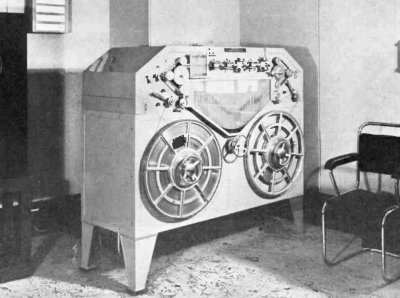
The first magnetic recordings were made directly on metal wires, but metal fatigues as it bends. By coating a flexible plastic tape in ferrous particles, the same simple technique of laying down an audio signal as variations in the magnetic field could be made smaller, lighter, and more robust. But the key to the format’s runaway success is the technical advancements that differentiate those 1950s machines from their wire recorder ancestors.
Whether it is a humble cassette recorder or a top-end studio multitrack, all tape recorders are very similar. There are two reels that hold the tape: the playback reel that houses the recording, and the take-up reel that stores the tape as it plays in the machine. The take-up reel is lightly driven to run faster than the tape speed, and the playback reel has a slight braking force to keep the tape under tension at all times. Continue reading “Know Audio: Mixtapes, Tape Loops, And Razor Blades”

